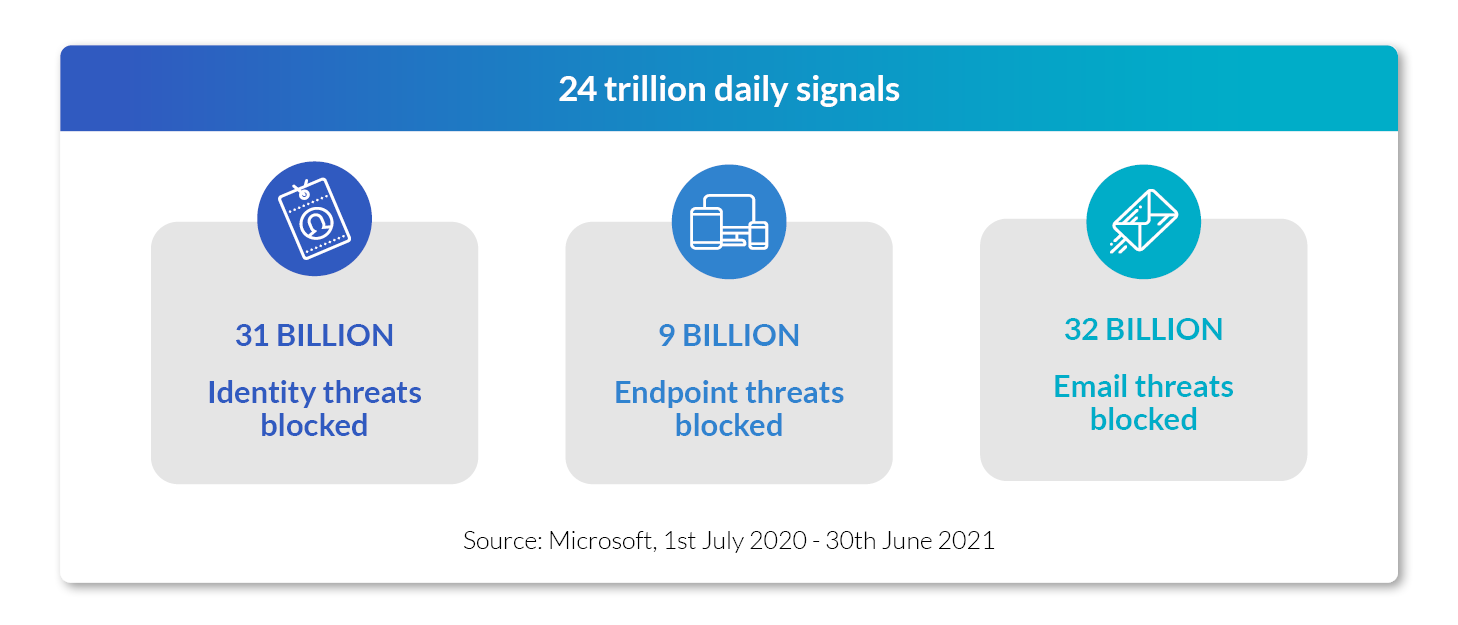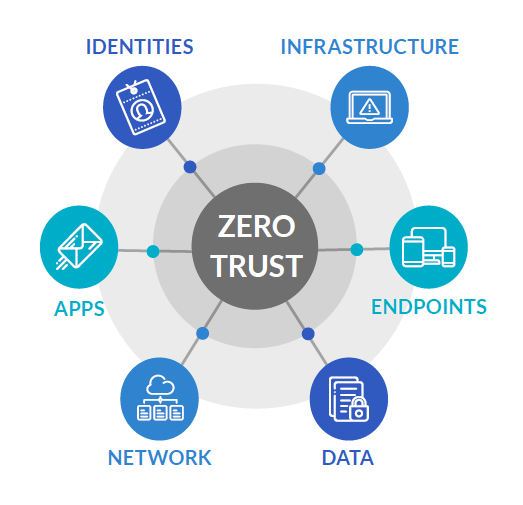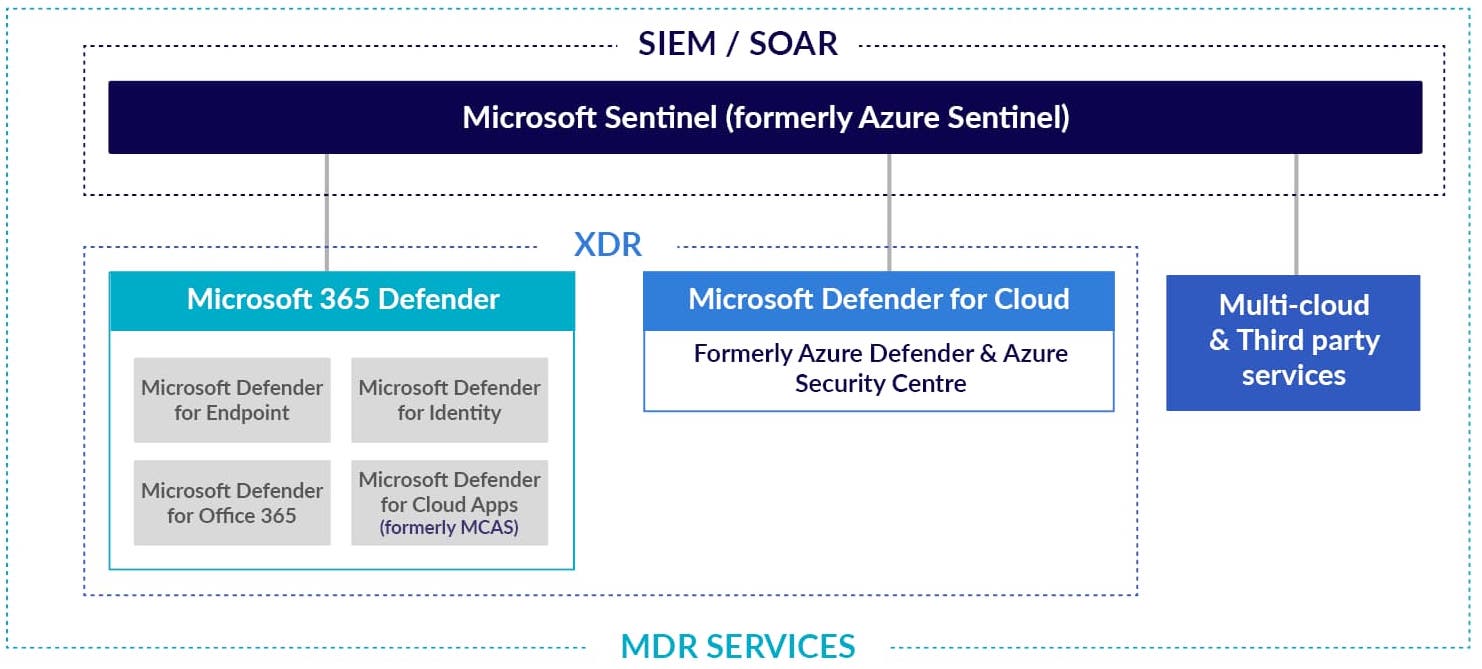What do you think the future looks like for managed security services?
It’s now very well-recognised that there will be a significant lack of cyber security expertise – Microsoft estimated that there would be a shortage of 3.5 million security professionals by this year. The difficulty is that this won’t be fixed overnight – cyber security skills take time to develop, and as threats and technologies are constantly evolving, people need to be able to have regular training and development.
For many businesses this will be a big challenge as they will struggle to recruit and train staff, which is why so many are outsourcing elements of their security. I expect that partnering with an MSSP will be the main approach for the foreseeable future and I predict this will continue to grow. One key reason is that it is easier for MSSP’s to attract and retain staff with the offer of broad exposure and hands-on experience across many clients and scenarios, paid training and certifications and the knowledge sharing and mentoring available when working as part of a large team.
Another challenge is the need for round-the-clock support but for all but the largest organisations this can be difficult to manage internally. I expect that cyber-attacks will start being timed with holidays and key dates to cause broader impact – by way of example we had the recent REvil ransomware attack that was timed for 4th July in USA. By choosing when offices are shut, there is a far slower response time for organisations with typical 9-5 office hours, which makes the impact even greater. Some attacks are launched to find the weakest entry point and take approximately 4-5 hours of automated activity until they get a foothold into the network. If this is launched out-of-hours, then it can be too late to detect this suspicious activity unless you have 24/7 managed detection and response (MDR) alongside 24/7 Network operations services as well. Organisations need to be thinking about both aspects going forward.
Gartner predict that 50% of organisations will be using MDR services by 2025 and I think that’s very likely. Unfortunately, cybercrime is now a very successful and organised commercial enterprise, so it won’t be going away. Companies are having to accept this and pay large cyber insurance premiums to cover themselves. My hope is more organisations partner with security providers, like Chorus, to take a more proactive and preventative approach to make themselves a smaller and smaller target that has a combination of the right people, processes, and technology in place to adequately protect themselves.
If you’d like to discuss any of the technologies or services mentioned in this Q&A, please feel free to get in touch or you can find out more about our MDR services here.



